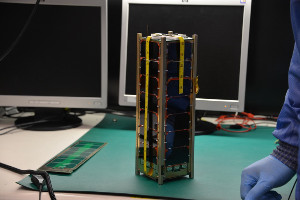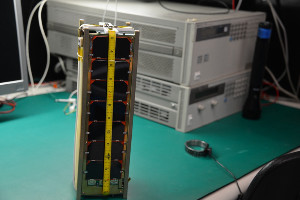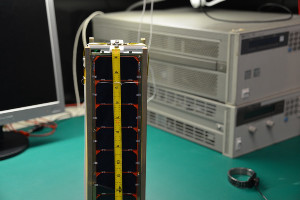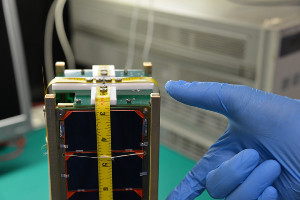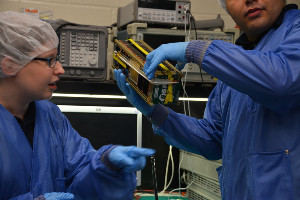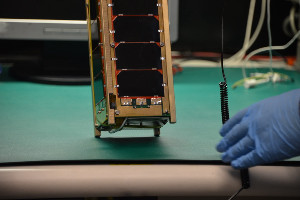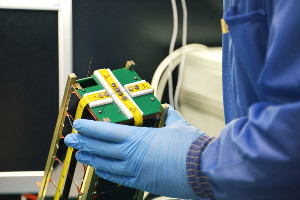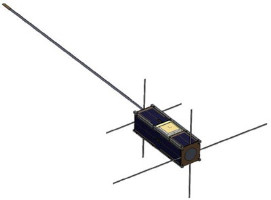| Satellite | OSIRIS-3U (Orbital Satellite for Investigating the Response of the Ionosphere to Stimulation and Space Weather) |
|---|---|
| Spacecraft type | CubeSat |
| Units or mass | 3U |
| Status | Reentry 2019-03-07. No signal (Have not been able to find any successful reports and website has not been updated) |
| Launched | 2017-08-14 |
| NORAD ID | 43027 |
| Deployer | NRCSD (NanoRacks CubeSat Deployer) [Quad-M] |
| Launcher | Falcon 9 |
| Deployment | Deployed from ISS on 2017-11-21 |
| Organization | The Pennsylvania State University |
| Institution | University |
| Entity | Academic / Education |
| Country | US |
| Launch brokerer | Nanoracks |
| Partners | Naval Research Laboratory, Aerospace Corporation |
| Oneliner |
Study artificially create space weather events to research radiowave-plasma interactions. |
| Description |
Ground-based heaters will modify the atmosphere in order to create artificial space weather events that will be studied by OSIRIS-3U. The mission provides research into radiowave-plasma interactions and plasma transport.
The use of the ionospheric heater at Arecibo, and if available the heaters at HAARP and EISCAT will allow the OSIRIS-3U mission to mimic natural ionospheric irregularities at defined locations and times, as well as perform research on active experiments. Combination of instruments to map ionospheric irregularities over Arecibo using a Langmuir Probe and two remote sensing instruments: the Coherent Electromagnetic Radio Tomography (CERTO) beacon and the Compact Total Electron Content Sensor (CTECS). |
| Notes | |
| Sources | [1] [2] [3] |
| Photo sources | [1] [2] |
| On the same launch |
Last modified: 2023-06-09
